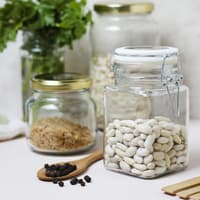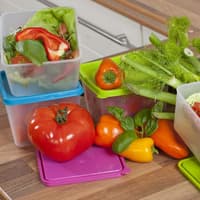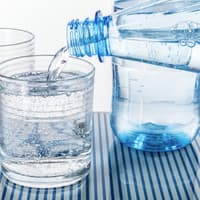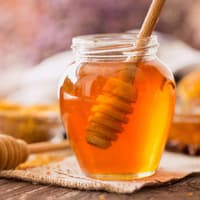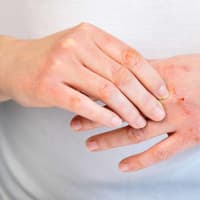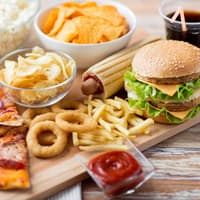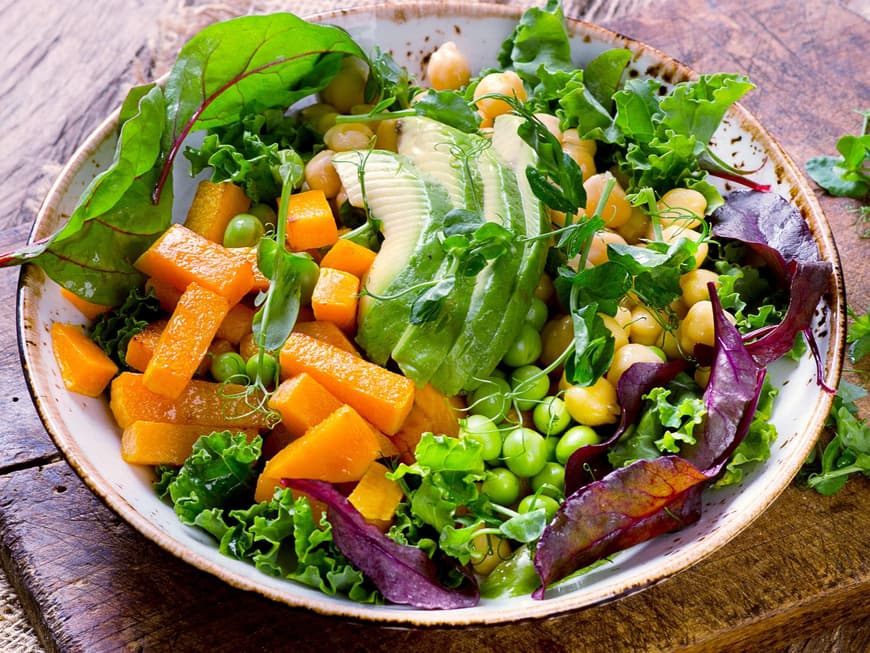
Even if these signs are relatively unspecific, they can be symptoms of iron deficiency. Last but not least, we women are often affected by iron deficiency. This is due to the loss of blood during menstruation, which attacks our iron reserves.
What you need to do if you have an iron deficiency
If you are diagnosed with iron deficiency, you should always consult a doctor. Only a professional assessment will ensure that you receive suitable iron supplements and that there is no risk of overdosing.
The doctor will first draw up a blood count, which is the basis for determining your haemoglobin and ferritin levels. The haemoglobin value provides information about whether the iron level in your blood is too low, while the ferritin value allows conclusions to be drawn about how full the iron stores in your body are.
You should also consult your gynecologist if you want to become pregnant. This is important because you and your offspring need a lot of iron, not only during pregnancy but also while breastfeeding.
The right diet for iron deficiency
However, treating and preventing iron deficiency is not only important for women. Whether man or woman, adult or child: an adequate supply of iron as an important trace element is an essential part of a balanced and healthy diet. It is important both as a preventative measure and in the treatment of iron deficiency.
But how much iron should a person actually consume? The recommendation of the German Nutrition Society (DGE) helps here, according to which children should consume 8 to 10 milligrams and adolescents and adults 10 to 15 milligrams of iron per day. Pregnant women should take 30 milligrams and breastfeeding mothers 20 milligrams as a guideline.
Unless you eat a vegetarian or vegan diet, it is relatively easy to get plenty of iron from meat and fish. However, as is so often the case, it all depends on the quality. Fatty pork is not a good choice, instead you should opt for lean beef. Other top sources of iron are veal kidneys and liver, although pregnant women should avoid offal. However, if this is too heavy a diet for you, then deep-sea prawns, mussels and pollack are the right choice.
There is also a large selection of iron-rich foods for vegetarians and vegans. These include green vegetables, many types of fruit and mushrooms. Pulses and dried fruit can also score points for their high iron content, as can tofu, buckwheat and millet flakes. If you eat a purely plant-based diet, it is also good to eat foods rich in vitamin C, as these improve the absorption of iron.
Recipe ideas for iron deficiency
The many recipes for iron deficiency show just how varied an iron-rich diet can be. A smoked trout served on a few slices of beet requires little effort but has a great effect. A colorful salad with tender strips of beef fillet is also quick to prepare and extremely tasty. Make sure your salad contains plenty of iron-rich vegetables, such as lettuce or chickpeas.
If you like it hearty, a classic beef roulade or Hungarian beef goulash is a good choice. For those who prefer an exclusive lunch, we recommend oysters, which you can even grill. Oil sardines with wheat bran-based bread or a hearty lentil salad are an iron-rich evening meal, as are all recipes with tofu, black salsify or spinach, which will please vegetarians.
If you prefer a plant-based diet, oatmeal in the morning is the right choice. A delicious porridge with fresh fruit is not only quick to make, but also fills you up and makes you happy. If you want an iron-rich snack, it's best to go for nuts and seeds. Almonds, pumpkin and pine nuts as well as hazelnuts and walnuts have a high iron value.

